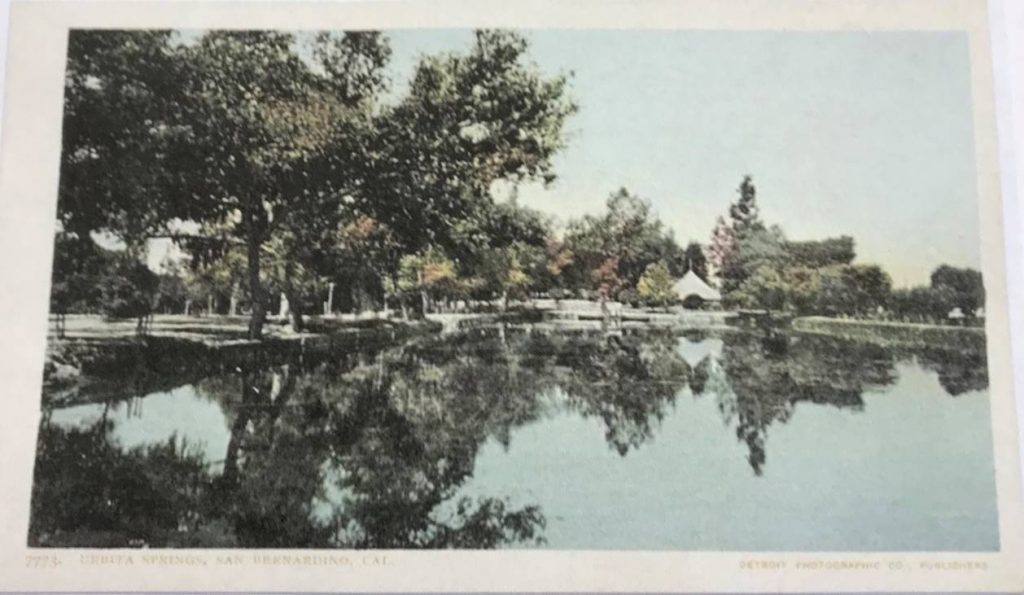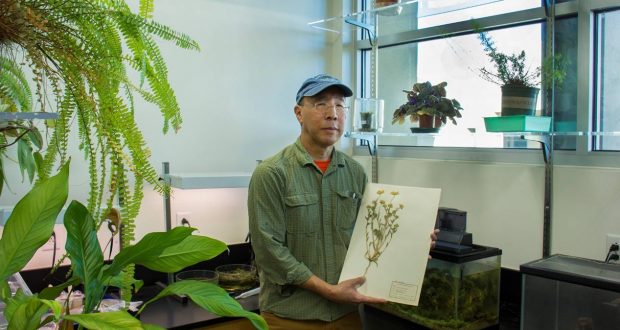(EMPIRE NEWS NETWORK (ENN)—-SAN BERNARDINO, CA— Although he is technically retired, Mark Ikeda is as busy as ever, and still connected to San Bernardino Valley College. The Professor Emeritus of Biology retired in 2014, and in the years since, has been working with current SBVC students and faculty to classify and curate a collection of thousands of plant specimens, with some dating back to the 1920s and others now extinct. Together, they have been constructing a digital database that lists each specimen’s biology, taxonomy, site, and unique characteristics observed at the time of collection.
It’s been an “enchanting experience” working with the student volunteers and teaching them the process of putting together herbarium sheets, Ikeda said. He first discovered the biology department’s herbarium cabinets, holding thousands of historical and unclassified plant specimens, when he started teaching general biology, anatomy, and human physiology at SBVC in 1990. These specimens are an “irreplaceable resource,” he said, and Ikeda became determined to catalog the specimens in a digital database, so the information is known forever and can be used by researchers and students alike.
Ikeda now works closely with Tatiana Vasquez, biology department chair and the manager of the collection, coming in two or three times a week to assist Vasquez and interested students with the cataloging. It can take two to three hours to identify each specimen, and sometimes, the fruits or flowers need to be dissected. The process involves collecting the specimens, identifying and classifying using large taxonomic keys, pairing organisms with similar species, then assembling the herbarium sheets.
Herbarium sheets are a “lost art form,” Ikeda said, and involve displaying a pressed specimen with a label detailing its species information. SBVC is one of the few colleges in the United States that teaches students the art of plant pressing and assembling herbarium sheets, and the sheets and specimens are protected in herbarium cabinets.

A postcard print showing Urbita Springs, a former lake in downtown San Bernardino where many of the specimens in SBVC’s collection were acquired (photo: Paul Bratulin).
Some of the specimens were collected so long ago they are now extinct, including one that grew in Urbita Springs, a lake that was once located where the Inland Center Mall was built. Volunteering to work with Ikeda and Vasquez is a fascinating way for students who are interested in botany to expand their skills, and those who want an in-depth study of the collection can sign up for BIO-206. They will learn about plant evolution, how to categorize organisms, and how putting together herbarium sheets can complement their career goals.
Over the last three years, Ikeda has cataloged 2,000 specimens. In recognition of his dedication, SBVC has named Ikeda Honored Retiree of the Year in 2017. Ikeda has no intention of slowing down, and that’s a good thing — there’s an additional cabinet in the biology department filled with 2,000 more historical and unclassified organisms, patiently waiting for someone to take a keen interest in their preservation and care.
 Westside Story Newspaper – Online The News of The Empire – Sharing the Quest for Excellence
Westside Story Newspaper – Online The News of The Empire – Sharing the Quest for Excellence




